Distinguishing between these leads is crucial for tailoring follow-up strategies. Sales opt-ins require direct engagement, while marketing opt-ins benefit from a nurturing approach to gradually prepare them for sales interaction.
Marketing Opt-ins: Nurturing Toward Readiness
Marketing Opt-ins (formerly referred to as MQLs) form a distinct group within your audience, displaying an interest in learning more through indirect engagement methods like email. This group is perfect for nurture campaigns aimed at gradually moving them toward Sales Qualified Lead (SQL) status and into your community for a tour.
Characteristics of Marketing Opt-ins
- Engagement Level: Not ready to speak to your sales team, but open to learning more.
- Data Provided: Email address, lifecycle stage as MQL, community of interest, Roobrik survey taken, and survey outcome.
- Communication: The prospect has opted in to receive emails and can be added to your CRM distribution lists. This prospect can receive email communications, including educational content and nurturing campaigns.
- Client-Specific Information: HubSpot and ActiveDemand users integrate these leads into their Marketing Automation Platforms (MAP); other clients receive detailed monthly reports. For those not using HubSpot or ActiveDemand, manual entry will be required.
Nurture Strategies
- Incorporate micro-commitments in email campaigns, like calls-to-action for downloading resources or virtual tours.
- Monitor engagements to identify increasing interest, indicating readiness for sales dialogue.
- Customize campaigns based on Roobrik insights, focusing on individual barriers to decision-making and motivations for change.
Sales Opt-ins: Ready for Engagement
Sales Opt-ins (formerly referred to as SQLs) are the fruition of Roobrik's nurturing process, characterized by their readiness for direct sales discussions. These prospects have been educated and gradually led to a point where their engagement signifies a high potential for conversion.
Characteristics of Sales Opt-ins
- High Engagement: Demonstrates an active interest in discussing options with sales.
- Informed Prospects: Comes equipped with knowledge gained from Roobrik surveys and nurturing content.
- Ready for Interaction: Eager to explore specific community offerings and discuss their needs in detail.
- Data-Driven Approach: Sales teams have access to comprehensive insights, enabling personalized and effective conversations.
Engagement Strategies
- Directly address the prospect's stated needs and concerns, utilizing Roobrik insights to inform the conversation.
- Highlight community features and services that align with the prospect's preferences and life stage.
- Prioritize follow-ups based on the detailed understanding of the prospect's readiness and care requirements.
- Leverage the full spectrum of Roobrik data to ensure conversations are relevant, timely, and highly tailored.
